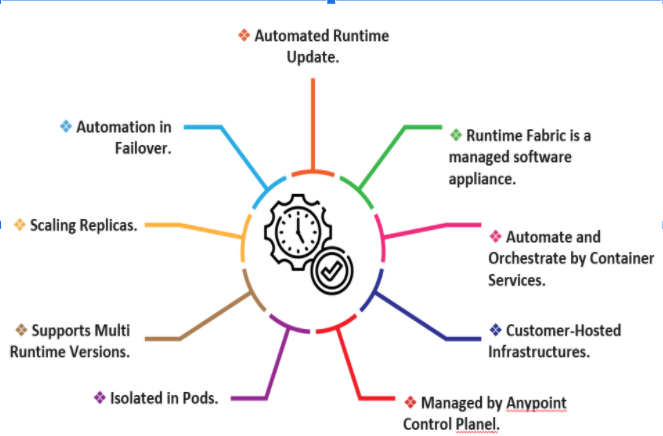At Logicify, we are proud to be software monitoring geeks. We love to monitor both the apps we develop and the ones we use internally. Not because they are sloppy. Not because we don’t trust our code. But because we love to keep abreast of events, control performance and eliminate the risks of an error. Monitoring helps us be proactive and avert issues before real users are affected.
In our double-sided system of user behavior and app condition monitoring, we use Graylog as a single data storage for logs and other data about the web app, and Grafana, a powerful data visualization tool. Combined and wisely configured, these two tools give an objective picture of the app’s performance at all times. For comprehensive snapshots of system behavior and, what is more important for apps in production, for proactive moves to iron troubles out, we collect monitoring data from a multiple layers. App-specific metrics are complemented by other analytics to give a broader picture of system state and performance.


